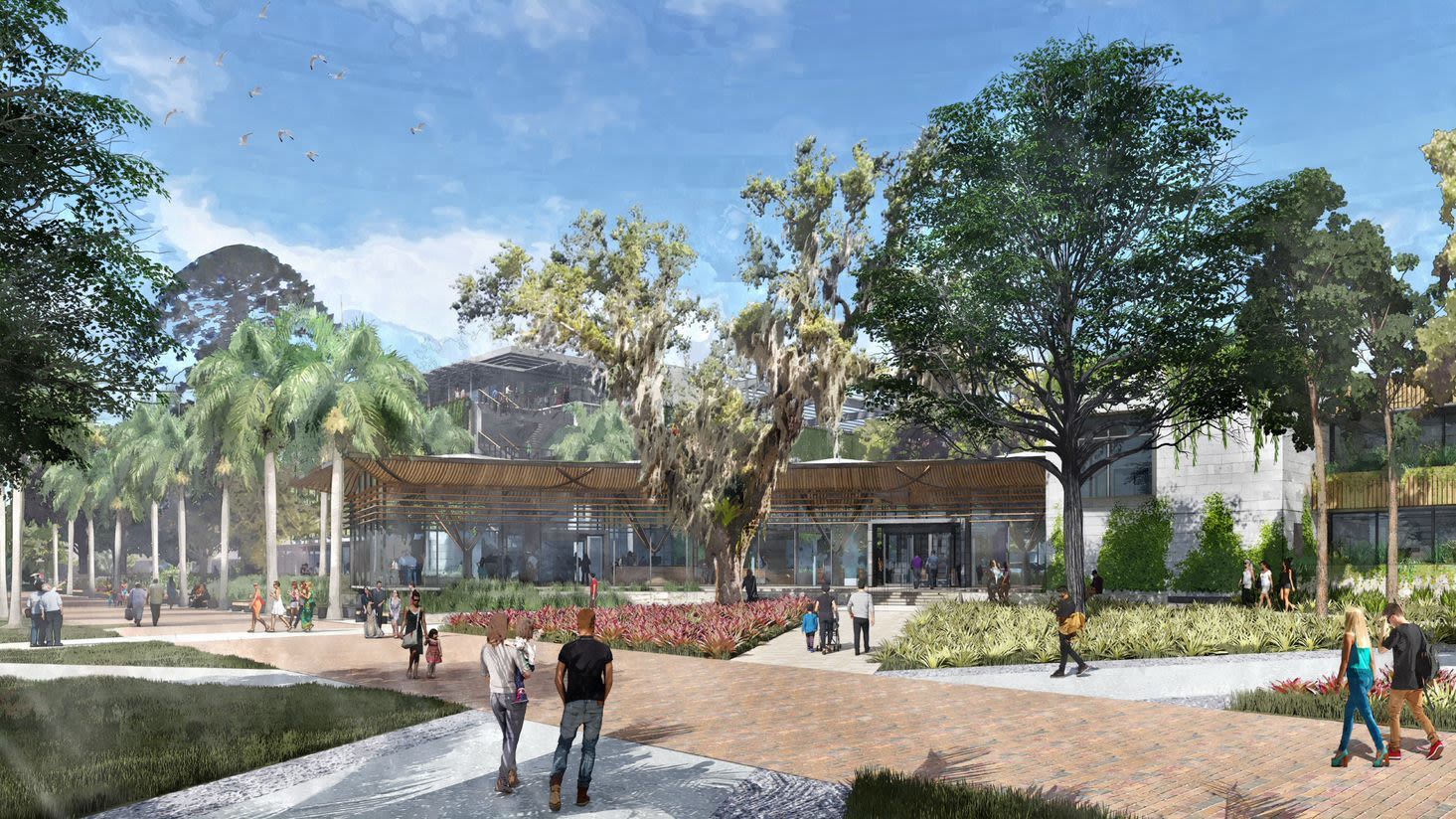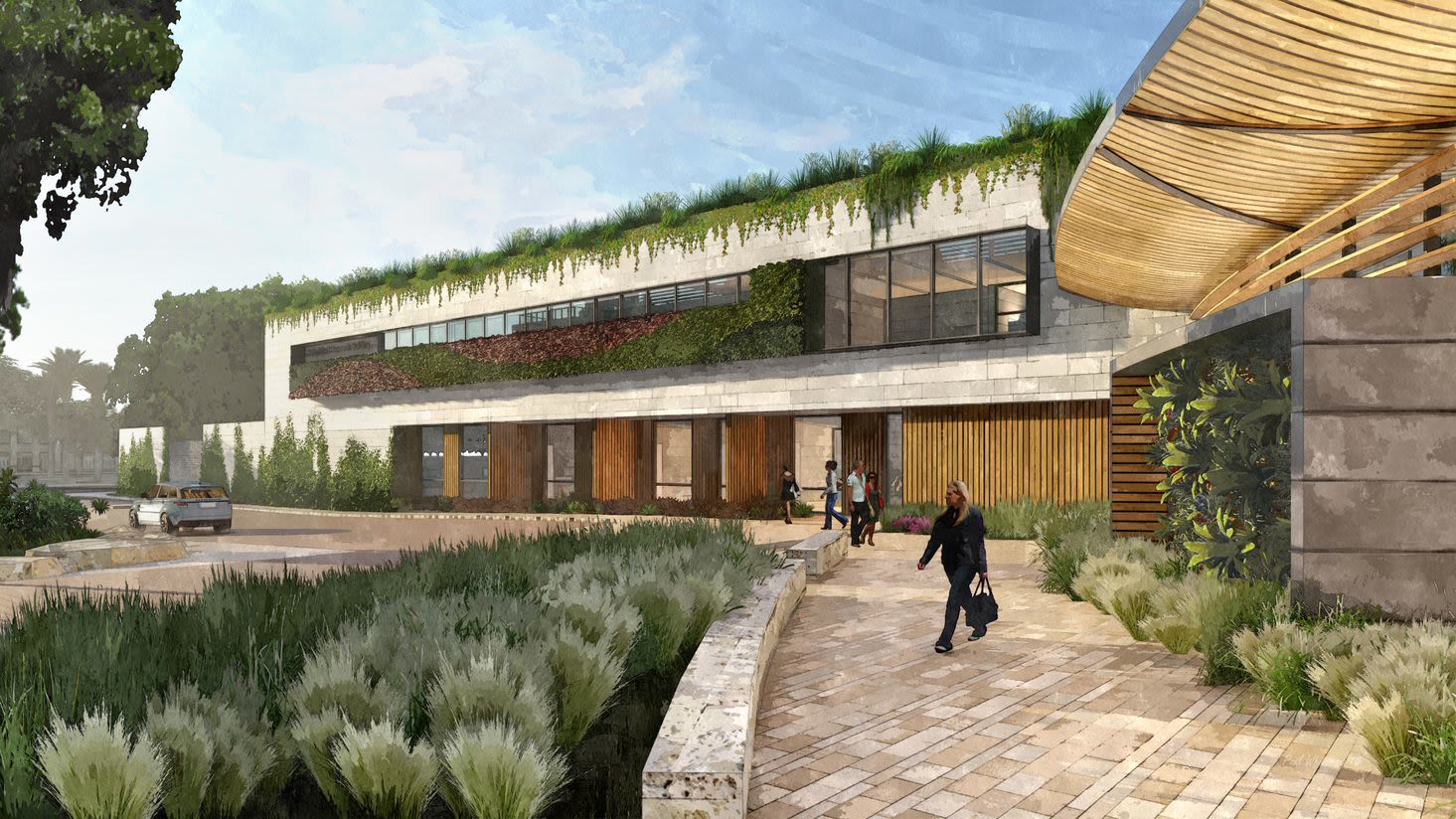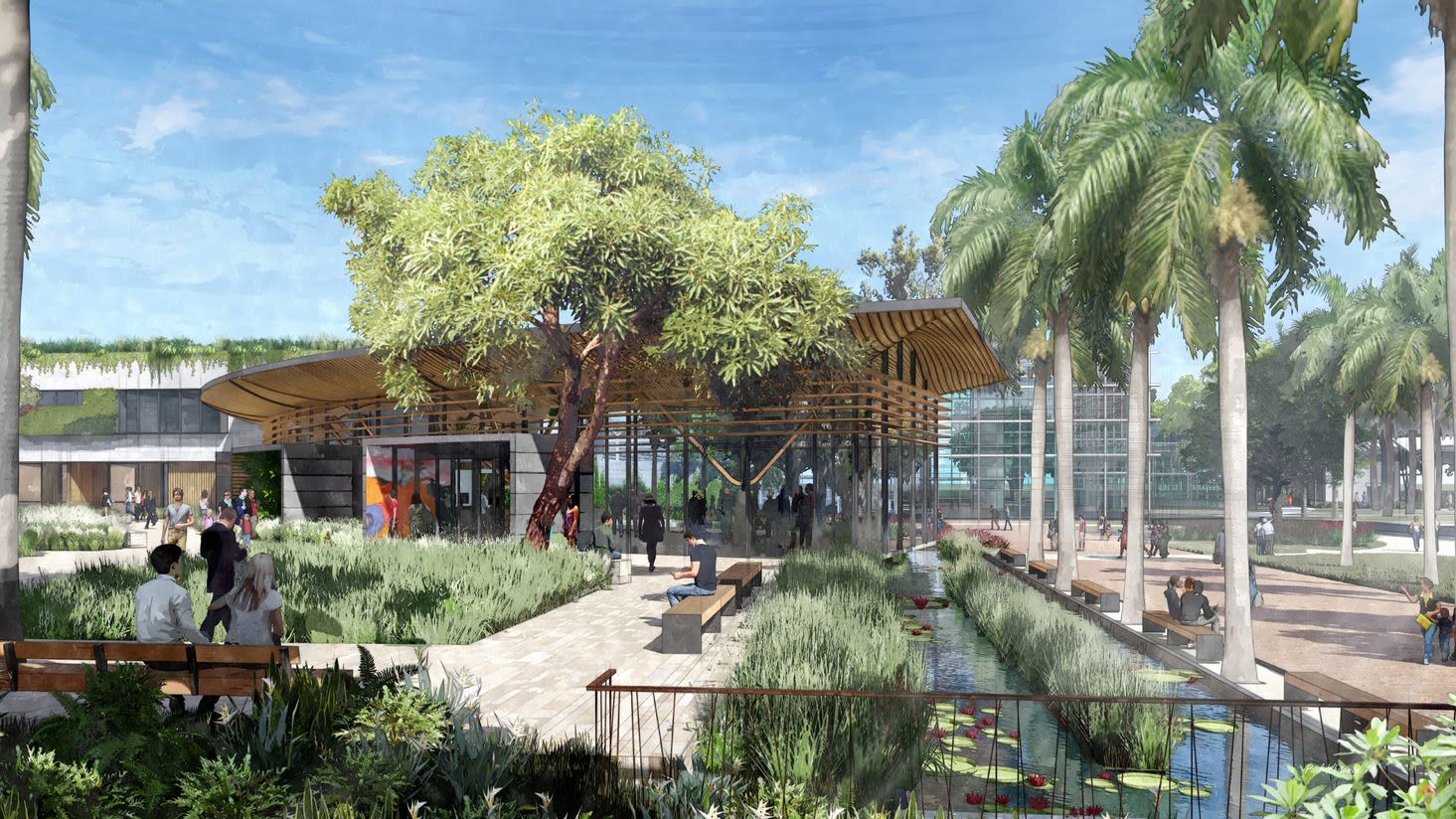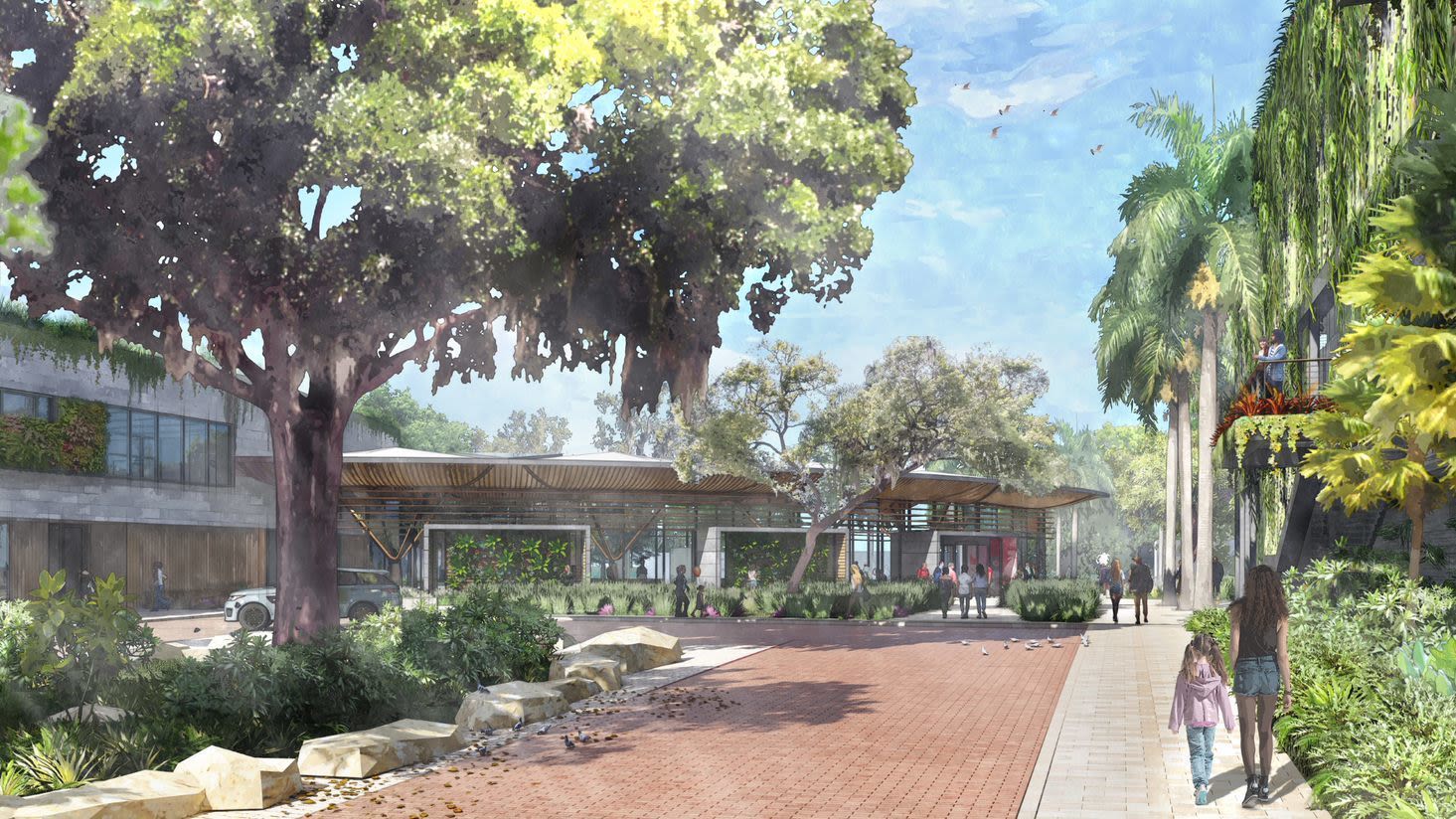Selby Gardens Embarks on a Greener Future
Marie Selby Botanical Gardens is once again poised to capture the world’s attention—this time as one of the world’s most innovative and sustainable botanical gardens. Upon the completion of a new master site plan, the Gardens’ President and CEO, Jennifer Rominiecki, envisions Selby Gardens as a “world leader in energy efficiencies in a public space, while also being a garden for all to enjoy.”
Opened to the public in 1975, Marie Selby’s original five-acre gift as an “oasis of green space” was never designed to handle the visitors the Gardens welcome today. As adjacent land was purchased, there was no plan to unify the acreage into a cohesive garden complex. This, plus aging infrastructure and limited ability to protect the world’s best scientifically documented collections of orchids and bromeliads from environmental threats such as Hurricane Irma in 2016, created a now-critical need to protect and preserve the gardens.
Thus a master site plan concept was conceived and has been guided by the international landscape architecture studio OLIN, buildings architecture firm Overland Partners, civil engineers Kimley Horn and construction managers Willis Smith Construction.
Officially launched in October 2018, Innovating a Greener Future- Living Inspiration for The Living Museum: The Campaign for Selby Gardens aims to raise $92 million, and a three-phase master site plan is well underway, with more than half of the funds for Phase One already secured. The campaign is being led by Selby Gardens' trustees, leadership donors and co-chairs Jean Weidner Goldstein, Cornelia Matson and Pauline Wamsler.
The plan will increase the botanical garden's green space by 50 percent, protect Selby Gardens' scientific collections from future sea level rise and allow for expanded educational outreach. Furthermore, upon completion of the master plan, Selby Gardens will have the only botanical garden complex in the world boasting a Net Positive energy rating—meaning the buildings will generate more energy than they consume. The Net Positive Energy rating is awarded by the Living Building Challenge, a green building certification program and sustainable design framework administered by the International Living Futures Institute.
The first phase of the master plan will create a new arrival experience for visitors with the Jean Goldstein Welcome Center, which will be adjacent to the Steinwachs Family Plant Research Center, a building that will house the Elaine Nicpon Marieb Herbarium and Laboratory and Nathalie McCulloch Research Library.
Another key element of Phase One is the Sky Garden, a multi-story building that will include parking, retail space and a destination restaurant. The structure will be designed with extensive plantings that showcase what Selby Gardens' researchers study and protect. The rooftop restaurant, to be certified as the world's first Net Positive restaurant, will be operated by another leadership donor, Michael's on East. A significant percentage of the restaurant's proceeds will benefit Selby Gardens. The restaurant will also make use of an adjacent edible garden and a 20,000-square-foot solar panel array, which will provide more than the expected power needs for the entirety of Phase One. The Sky Garden will also have a rainwater harvesting system that will treat and store gallons of water to be used for irrigation, and to improve the runoff treatment system leading to nearby Hudson Bayou. These building systems will provide educational lessons about water quality, green technology and solar power to visitors thanks to the Charles & Margery Barancik Foundation.
A new greenhouse complex, a learning pavilion and improved, more intuitive, circuitous routes throughout the property round out the remaining phases of the plan. Palm Avenue will be converted to a pedestrian-only thoroughfare, showcasing the historic Augusta block it is known for, which visitors will be able to admire safely with the improved layout.
Additionally, as Selby Gardens prepares for its sustainable future, the institution will responsibly preserve and steward the historical elements of the property, including a significant renovation of the Selby House, a recent recipient of local historical designation thanks to support from the William G. and Marie Selby Foundation. The Gardens will also improve the Payne Mansion, on the National Register of Historic Places and home to the Museum of Botany & the Arts since 1979. The mansion is a recent recipient of local historical designation by the City of Sarasota.
There is no doubt that Selby Gardens is on track to become a global model for horticultural display; botanical studies; and green building technology, welcoming visitors from around the world.





